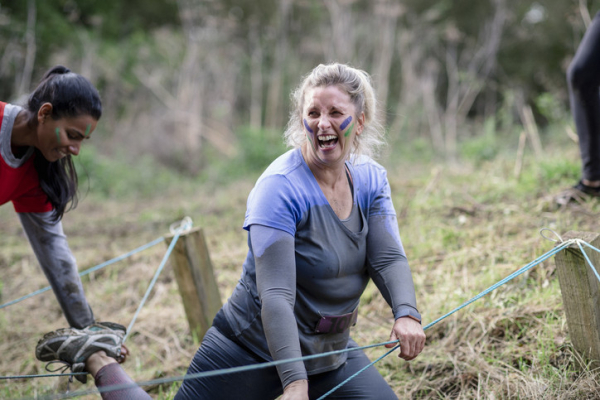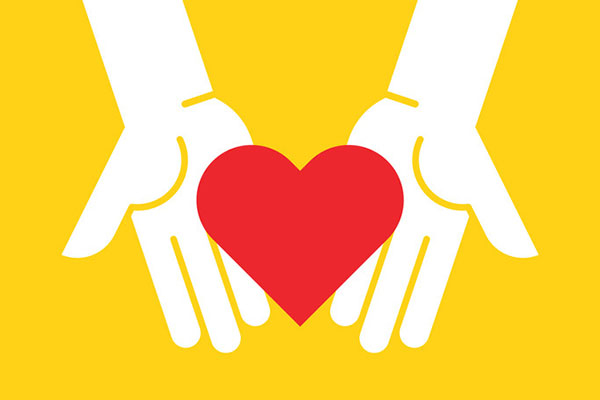
The first thing to know about ringworm is that there are no worms involved.
This generally harmless skin infection is caused by a fungus. The fungus causes a raised rash usually shaped like a ring, almost as if a worm was curled up under the skin (but again: no worms are involved).
The medical name for ringworm is tinea corporis.
Are there other types of tinea infections?
There are many different kinds of tinea skin infections, named in Latin for the part of the body they affect, such as the
- scalp (tinea capitis)
- groin (tinea cruris)
- feet (tinea pedis)
- body (tinea corporis).
Tinea infections can look a bit different depending on what part of the body they affect, but they are usually pink or red and scaly.
How do you get ringworm?
Tinea infections, particularly ringworm (tinea corporis), are very common. People catch them from other infected people and also from infected animals, particularly dogs and cats. They can also spread from one part of the body to another.
What does ringworm look like?
It usually starts as a pink scaly patch that then spreads out into a ring. The ring (which is not necessarily perfectly round) usually spreads wider with time. It can sometimes be itchy, but most of the time doesn’t cause any discomfort.
There are other rashes that can have a ringlike shape, so it’s always important to check in with your doctor, especially if the ring isn’t scaly. But most ringlike rashes are tinea.
How is ringworm treated?
Luckily, tinea corporis and the other kinds of tinea are very treatable. Most of the time, an antifungal cream does the trick.
When the rash is extensive (which is rare) or doesn’t respond to an antifungal cream (also rare), an antifungal medication can be taken by mouth.
As is the case with many other germs these days, there are some drug-resistant cases of tinea related to overuse of antifungal medications. But the vast majority of fungal infections go away with medication.
What should you do if you think a family member — or a pet — has ringworm?
If you think someone in your family has ringworm, call your doctor. The sooner you get started on treatment, the better.
If someone in the family has been diagnosed with ringworm, make sure that others don’t share clothing, towels, or sheets. Have everyone wash their hands frequently and well.
If your pet has a scaly rash, call the vet. Vacuum the areas your pet frequents, and have everyone wash their hands after touching the pet.
Can you prevent ringworm?
To prevent tinea corporis and other kinds of tinea:
- Keep skin clean and dry.
- Change clothes (particularly socks and underwear) regularly.
- Wash your hands regularly (this helps prevent all sorts of infections).
- If your child plays contact sports, make sure they shower after practice, keep their uniform and gear clean, and don’t share gear with other players.
To learn more about ringworm, visit the website of the Centers for Disease and Prevention.
Follow me on Twitter @drClaire
About the Author

Claire McCarthy, MD, Senior Faculty Editor, Harvard Health Publishing
Claire McCarthy, MD, is a primary care pediatrician at Boston Children’s Hospital, and an assistant professor of pediatrics at Harvard Medical School. In addition to being a senior faculty editor for Harvard Health Publishing, Dr. McCarthy … See Full Bio View all posts by Claire McCarthy, MD















 Remember childhood summers when you climbed monkey bars, swung from ropes, and jumped over streams? Rain just added to the fun, leaving you soaked and muddy.
Remember childhood summers when you climbed monkey bars, swung from ropes, and jumped over streams? Rain just added to the fun, leaving you soaked and muddy.













 Everyone who lives with inflammatory bowel disease (IBD) knows their illness has a major impact on daily life. Many people are diagnosed in their 20s or 30s, a time when we might hope for few health challenges.
Everyone who lives with inflammatory bowel disease (IBD) knows their illness has a major impact on daily life. Many people are diagnosed in their 20s or 30s, a time when we might hope for few health challenges.
